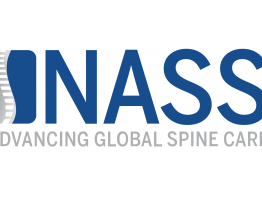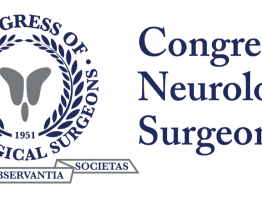
Abstract
BACKGROUND: Previous studies have shown that cervical total disc replacement (TDR) has lower rates of adjacent level surgery than anterior cervical discectomy and fusion (ACDF).
PURPOSE: The purpose of this study is to identify pre- and postoperative factors associated with increased risk of adjacent level surgery following ACDF or TDR.
METHODS: This study is a post hoc analysis of 599 subjects (413 TDR, 186 ACDF) from US IDE studies of TDR vs. ACDF at one or two levels. Subjects had a diagnosis of symptomatic cervical degenerative disc disease at one or two contiguous levels and no previous cervical spine operations. Any removal, revision, reoperation or supplemental fixation occurring up to 7 years after initial surgery was classified as a subsequent surgery. Logistic regression and Cox proportional hazards regression were used to identify demographic, radiographic, and surgical factors as potential predictors of adjacent level surgery.
RESULTS: Up to 7 years after implant, the rate of adjacent level surgery was lower for one-level (3.7% vs. 13.6%; p=0.007) and two-level (4.9% vs. 11.4%; p=0.04) TDR compared to ACDF. Logistic regression illustrated that patients with ACDF, age less than 40, and segmental angle of the adjacent discs were preoperative factors associated with increased risk of adjacent level surgery. ACDF patients were 2.4x more likely to have adjacent level surgery compared to TDR patients, adjusting for all other variables. Patients less than 40 years old were also 2.4x more likely to have adjacent surgery compared to older patients. Postoperative indicators of subsequent surgery at the adjacent level were increasing pain and decreased range of motion. The risk of adjacent surgery increased 1.7% for every unit increase in postoperative VAS neck pain scores, and increased 2.9% for every unit decrease in the change of VAS arm pain scores from preop (i.e. the smaller the reduction in arm pain, the greater the risk of subsequent surgery). After ACDF, odds of adjacent level surgery increased almost 93% for every unit increase in postoperative radiographic degeneration at the inferior level. Risk of adjacent surgery after ACDF also increased relative to preop C2C6 global angle (low or negative C2C6 angle preoperatively had greater risk of adjacent surgery).
CONCLUSION: These preliminary results support the hypothesis that elimination of motion in ACDF may lead to greater risk of adjacent level surgery, whereas the motion-sparing feature of TDR reduces the risk of adjacent level surgery. As expected, adjacent surgery after ACDF was correlated with increasing postoperative radiographic degeneration. Interestingly, preoperative global sagittal plane alignment also was a predictor of adjacent segment surgery in the ACDF group only. We would expect that sagittal plane alignment of a fusion would be associated with adjacent segment disease due to the creation of long moment arms and stress transfer. Since the finding was not observed in the TDR group, we hypothesize that motion preservation may offset the effect of subtle global sagittal alignment by avoiding the creation of a fixed sagittal imbalance. In both groups, younger patients had an increased risk of adjacent surgery, possibly due to higher activity levels (similar to the hip and knee arthroplasty literature) and more willingness to undergo secondary surgery when indicated.
Meeting Website Click Here


